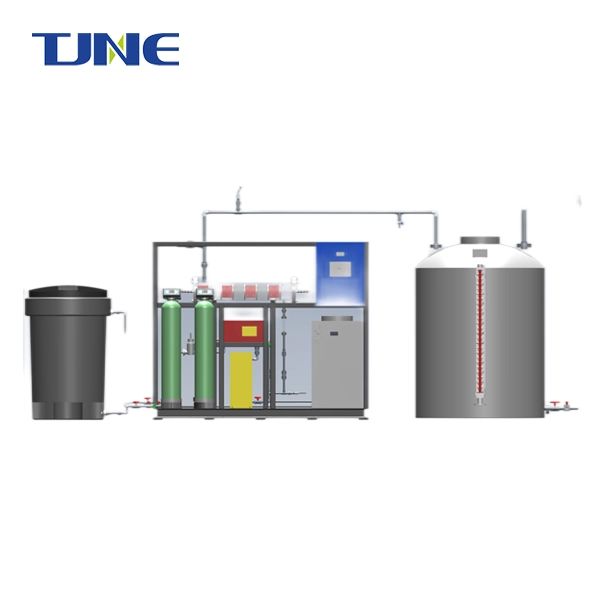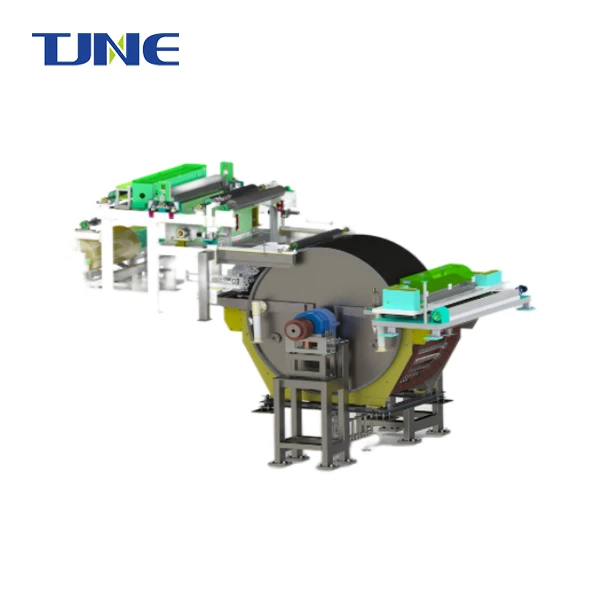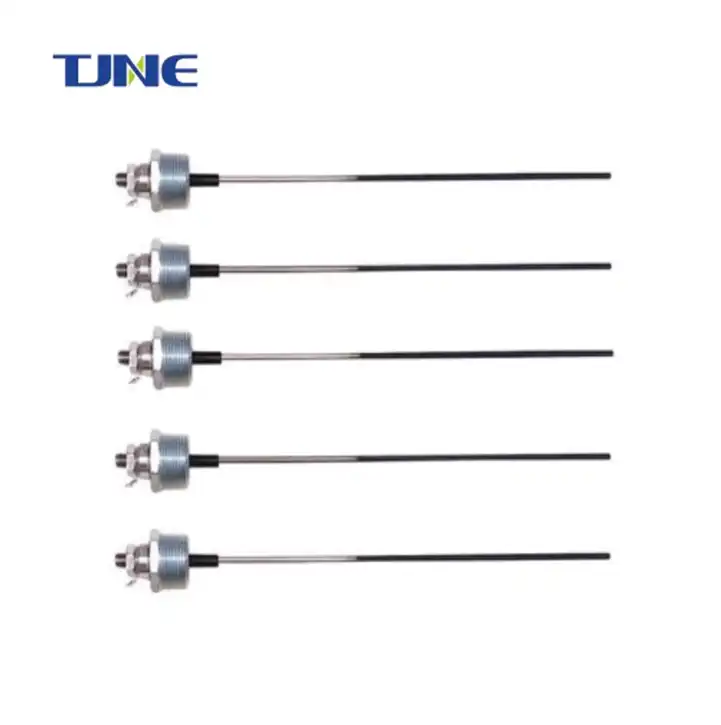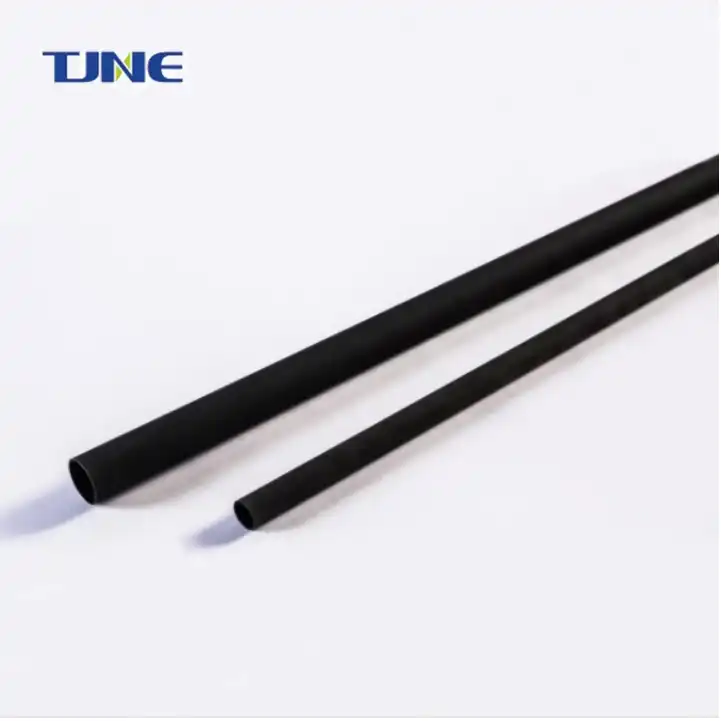- English
- French
- German
- Portuguese
- Spanish
- Russian
- Japanese
- Korean
- Arabic
- Greek
- German
- Turkish
- Italian
- Danish
- Romanian
- Indonesian
- Czech
- Afrikaans
- Swedish
- Polish
- Basque
- Catalan
- Esperanto
- Hindi
- Lao
- Albanian
- Amharic
- Armenian
- Azerbaijani
- Belarusian
- Bengali
- Bosnian
- Bulgarian
- Cebuano
- Chichewa
- Corsican
- Croatian
- Dutch
- Estonian
- Filipino
- Finnish
- Frisian
- Galician
- Georgian
- Gujarati
- Haitian
- Hausa
- Hawaiian
- Hebrew
- Hmong
- Hungarian
- Icelandic
- Igbo
- Javanese
- Kannada
- Kazakh
- Khmer
- Kurdish
- Kyrgyz
- Latin
- Latvian
- Lithuanian
- Luxembou..
- Macedonian
- Malagasy
- Malay
- Malayalam
- Maltese
- Maori
- Marathi
- Mongolian
- Burmese
- Nepali
- Norwegian
- Pashto
- Persian
- Punjabi
- Serbian
- Sesotho
- Sinhala
- Slovak
- Slovenian
- Somali
- Samoan
- Scots Gaelic
- Shona
- Sindhi
- Sundanese
- Swahili
- Tajik
- Tamil
- Telugu
- Thai
- Ukrainian
- Urdu
- Uzbek
- Vietnamese
- Welsh
- Xhosa
- Yiddish
- Yoruba
- Zulu
Mixed Metal Oxide (MMO) Ribbon Anodes are innovative and highly efficient components used in cathodic protection systems. These anodes are designed to prevent corrosion in various structures, particularly those exposed to harsh environments or buried underground. MMO Ribbon Anodes consist of a titanium substrate coated with a mixture of precious metal oxides, typically including iridium, tantalum, and ruthenium. This unique composition gives them exceptional durability and performance characteristics, making them a popular choice in industries ranging from oil and gas to civil engineering.
How does an MMO Ribbon Anode work in cathodic protection systems?
Cathodic protection is a technique used to control the corrosion of metal surfaces in various environments. MMO Ribbon Anodes play a crucial role in this process by serving as the sacrificial element in the electrochemical cell created by the cathodic protection system.
The working principle of an MMO Ribbon Anode in a cathodic protection system can be broken down into several key steps:
1. Impressed Current Generation: MMO Ribbon Anodes are connected to a DC power source, which provides a constant electrical current. This current is "impressed" onto the anode, creating an electrical potential difference between the anode and the structure being protected (cathode).
2. Electron Flow: The impressed current causes electrons to flow from the anode towards the cathode (the protected structure). This flow of electrons is the foundation of the cathodic protection process.
3. Oxidation Reaction: At the surface of the MMO Ribbon Anode, an oxidation reaction occurs. The precious metal oxide coating facilitates the breakdown of water molecules into oxygen and hydrogen ions. This reaction can be represented as: 2H2O → O2 + 4H+ + 4e-
4. Cathodic Reaction: The electrons flowing from the anode to the cathode participate in a reduction reaction at the surface of the protected structure. In the presence of water and oxygen, this reaction typically involves the reduction of oxygen: O2 + 2H2O + 4e- → 4OH-
5. Protective Layer Formation: The hydroxide ions (OH-) produced at the cathode surface create an alkaline environment. This alkalinity leads to the formation of a protective layer on the metal surface, usually consisting of metal oxides or hydroxides. This layer acts as a barrier, preventing further corrosion.
6. Continuous Protection: As long as the impressed current is maintained, the MMO Ribbon Anode continues to supply electrons to the protected structure, ensuring ongoing cathodic protection.
Understanding the working mechanism of MMO Ribbon Anodes in cathodic protection systems highlights their importance in maintaining the integrity of critical infrastructure. Their ability to provide consistent, long-lasting protection against corrosion makes them an invaluable tool in preserving the lifespan and safety of metal structures across various industries.
What are the advantages of using MMO Ribbon Anodes over traditional anodes?
MMO Ribbon Anodes have gained significant popularity in recent years due to their numerous advantages over traditional anode materials such as graphite, high-silicon cast iron, or conventional mixed metal oxide anodes. These benefits make them an attractive choice for engineers and asset managers looking to optimize their cathodic protection systems. Let's explore the key advantages of MMO Ribbon Anodes:
1. Extended Operational Lifespan:
One of the most significant advantages of MMO Ribbon Anodes is their exceptionally long operational life. The mixed metal oxide coating, typically consisting of iridium, tantalum, and ruthenium oxides, is highly resistant to dissolution and wear. This results in a very low consumption rate, often measured in milligrams per ampere-year. In practical terms, MMO Ribbon Anodes can last 20 to 30 years or even longer in many applications, far outlasting traditional anode materials. This extended lifespan translates to reduced maintenance requirements and lower long-term costs for cathodic protection systems.
2. High Current Output Capacity:
MMO Ribbon Anodes are capable of delivering high current densities, often exceeding 100 A/m² in some applications. This high current capacity allows for more effective protection of large structures or extensive pipeline networks with fewer anode installations. The ability to handle high currents also makes MMO Ribbon Anodes particularly suitable for impressed current cathodic protection (ICCP) systems, where precise control over the protection current is crucial.
3. Uniform Current Distribution:
The ribbon shape of these anodes provides a significant advantage in terms of current distribution. Unlike point-source anodes, MMO Ribbon Anodes can be laid out in continuous lengths, ensuring a more uniform distribution of the protective current along the entire protected structure. This uniform distribution is particularly beneficial for long pipelines or large tank bottoms, where achieving consistent protection can be challenging with traditional anode configurations.
4. Versatility in Installation:
MMO Ribbon Anodes offer great flexibility in installation methods. They can be installed vertically in deep anode beds, horizontally in shallow trenches, or even wrapped around pipelines in a spiral configuration. This versatility allows engineers to design cathodic protection systems that are optimally suited to the specific requirements of each project, whether it's for offshore platforms, underground pipelines, or complex industrial structures.

5. Reduced Total Weight and Volume:
Compared to traditional anodes, MMO Ribbon Anodes have a significantly lower weight and volume for equivalent current output. This characteristic is particularly advantageous in offshore applications or in situations where space is limited. The reduced weight and size also translate to lower transportation and installation costs, further enhancing the overall cost-effectiveness of the cathodic protection system.
These advantages collectively make MMO Ribbon Anodes a preferred choice in many modern cathodic protection applications. Their superior performance characteristics, coupled with long-term cost benefits and environmental friendliness, position them as a forward-thinking solution for corrosion protection challenges across various industries.
Where are MMO Ribbon Anodes commonly used in industrial applications?
MMO Ribbon Anodes have found widespread use across numerous industrial sectors due to their versatility, efficiency, and durability. Their unique properties make them suitable for a wide range of applications where long-term corrosion protection is crucial. Let's explore some of the most common industrial applications where MMO Ribbon Anodes are frequently employed:
1. Oil and Gas Industry:
The oil and gas sector is one of the largest users of MMO Ribbon Anodes. These anodes are extensively used in:
- Pipeline Protection: Both onshore and offshore pipelines benefit from the uniform current distribution provided by MMO Ribbon Anodes. They can be installed alongside pipelines in continuous lengths, ensuring comprehensive protection against external corrosion.
- Offshore Platforms: The lightweight nature and high current capacity of MMO Ribbon Anodes make them ideal for protecting the submerged structures of offshore drilling and production platforms.
- Storage Tanks: Large oil storage tanks, particularly their bottom plates, are protected using MMO Ribbon Anodes installed in a grid pattern beneath the tank.
2. Water and Wastewater Treatment:
In the water industry, MMO Ribbon Anodes play a crucial role in protecting various structures:
- Water Storage Tanks: Both elevated and ground-level water storage tanks benefit from cathodic protection systems using MMO Ribbon Anodes.
- Water Treatment Plants: Various metallic components in water treatment facilities, including pipes, pumps, and clarifiers, are protected using these anodes.
- Desalination Plants: The highly corrosive environment in desalination facilities necessitates robust cathodic protection, often provided by MMO Ribbon Anodes.
3. Maritime and Naval Applications:
The marine environment is particularly harsh on metallic structures, making MMO Ribbon Anodes a popular choice in:
- Ship Hulls: These anodes can be installed on the exterior of ship hulls to prevent corrosion in seawater.
- Port Structures: Jetties, piers, and other port infrastructures benefit from the protection offered by MMO Ribbon Anodes.
- Offshore Wind Farms: The submerged structures of offshore wind turbines are protected using these anodes to ensure long-term integrity.
4. Civil Engineering and Infrastructure:
Many large-scale civil engineering projects incorporate MMO Ribbon Anodes for corrosion protection:
- Reinforced Concrete Structures: Bridges, parking garages, and other reinforced concrete structures use these anodes to prevent corrosion of the internal steel reinforcement.
- Underground Structures: Tunnels, underground storage facilities, and buried foundations often incorporate MMO Ribbon Anodes in their cathodic protection systems.

- Coastal Defense Structures: Sea walls and other coastal defense installations benefit from the corrosion resistance provided by these anodes.
5. Power Generation and Distribution:
The power industry utilizes MMO Ribbon Anodes in various applications:
- Power Plant Cooling Systems: The extensive piping networks in power plant cooling systems are protected using these anodes.
- Electrical Grounding Systems: MMO Ribbon Anodes help maintain the integrity of grounding grids and other underground electrical infrastructure.
- Transmission Tower Foundations: The buried components of high-voltage transmission towers are often protected using these anodes.
The wide-ranging applications of MMO Ribbon Anodes across these diverse industries underscore their versatility and effectiveness in combating corrosion. Their ability to provide long-lasting, reliable protection in various environments has made them an indispensable tool in modern corrosion prevention strategies. As industries continue to evolve and face new challenges, the use of MMO Ribbon Anodes is likely to expand further, potentially finding applications in emerging sectors such as renewable energy infrastructure and advanced materials manufacturing.
In conclusion, the widespread adoption of MMO Ribbon Anodes across numerous industries highlights their critical role in preserving the integrity and longevity of vital infrastructure. From protecting offshore oil platforms to safeguarding municipal water supplies, these innovative anodes have proven their worth in some of the most demanding environments. As corrosion continues to pose significant economic and safety challenges globally, the importance of advanced cathodic protection solutions like MMO Ribbon Anodes is only set to increase. Their combination of durability, efficiency, and versatility makes them a cornerstone of modern corrosion prevention strategies, ensuring that critical assets remain protected for decades to come.
If you are interested in the products of Xi'an Taijin New Energy & Materials Sci-Tech Co., Ltd., please contact yangbo@tjanode.com.
References:
1. Baeckmann, W. V., Schwenk, W., & Prinz, W. (1997). Handbook of cathodic corrosion protection. Gulf Professional Publishing.
2. Revie, R. W., & Uhlig, H. H. (2008). Corrosion and corrosion control: an introduction to corrosion science and engineering. John Wiley & Sons.
3. Shipilov, S. A., & Le May, I. (2006). Structural integrity of aging buried pipelines having cathodic protection. Engineering Failure Analysis, 13(7), 1159-1176.
4. Bushman, J. B. (2001). Galvanic anode cathodic protection system design. NACE International.
5. Bertolini, L., Elsener, B., Pedeferri, P., Redaelli, E., & Polder, R. B. (2013). Corrosion of steel in concrete: prevention, diagnosis, repair. John Wiley & Sons.
6. Cicek, V. (2014). Cathodic protection: industrial solutions for protecting against corrosion. John Wiley & Sons.
7. Roberge, P. R. (2008). Corrosion engineering: principles and practice. McGraw-Hill Professional.
8. Peabody, A. W. (2001). Peabody's control of pipeline corrosion. NACE International.
9. Shreir, L. L., Jarman, R. A., & Burstein, G. T. (1994). Corrosion: metal/environment reactions. Butterworth-Heinemann.
10. Hack, H. P. (Ed.). (1999). Galvanic corrosion test methods. ASTM International.
Related Industry Knowledge
- How Do Anodes Facilitate the Removal of Ammonia Nitrogen from Water?
- How Does the COD Removal Anode Revolutionize Wastewater Treatment?
- Why Are Electronic Titanium Anode Rods a Breakthrough in Corrosion Protection?
- What Makes MMO Tubular Titanium Anodes a Revolutionary Choice for Electrochemical Applications?
- Harnessing the Power of Innovation: The Role of MMO Anode Plates in Modern Electrochemistry
- The Protective Power of MMO Ribbon Anodes: A Deep Dive into Cathodic Protection
- Can Titanium Anodes Revolutionize Zinc Electrodeposition in Aerospace?






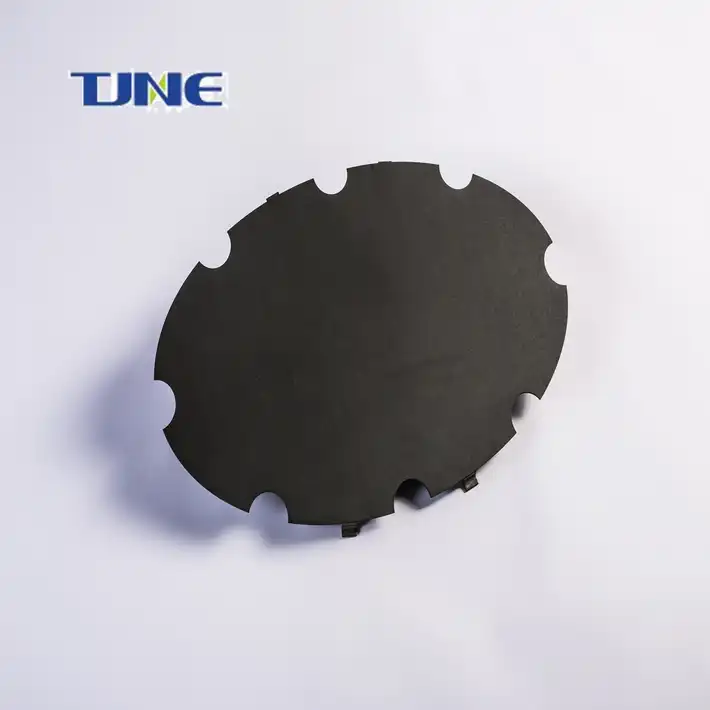
Electrolyzers.webp)
